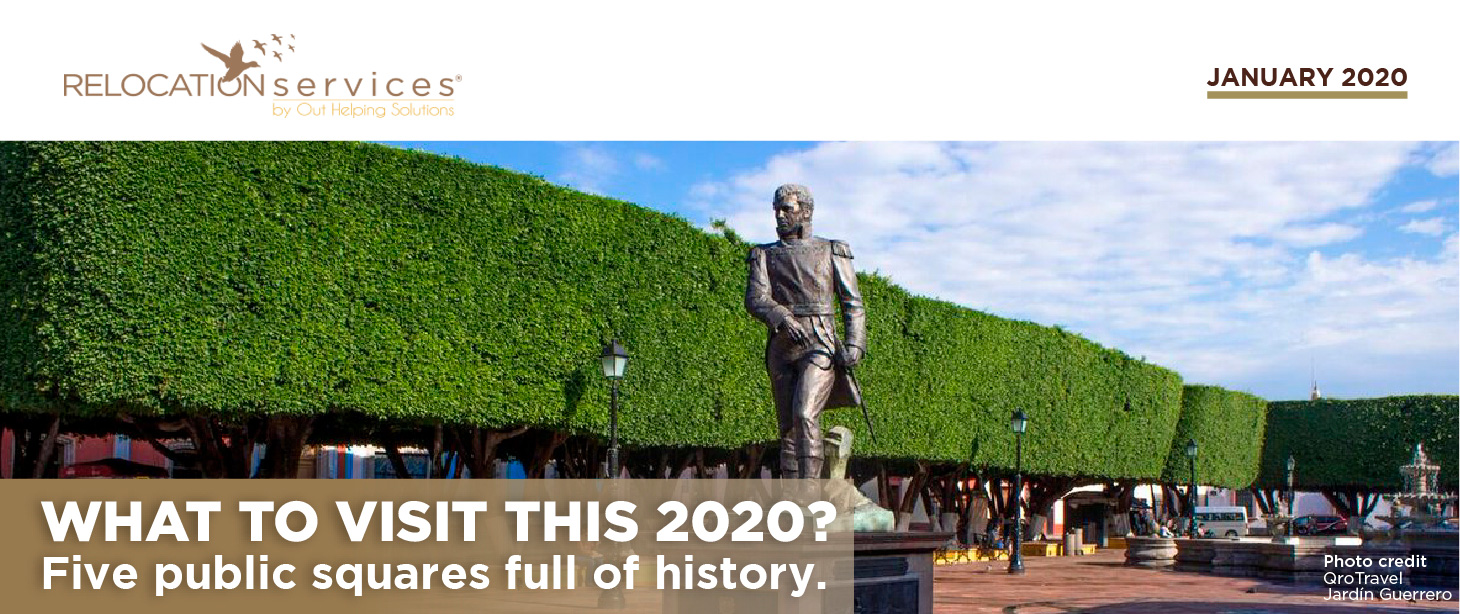
2020-03-17
These plazas are not only decorative places – most of them have a rich history and important infrastructure that has shaped the social development of the city. During the viceroyal era, the plazas were built first, shaping the rest of the New Spanish cities. Over time, these “empty” places provided society with a space for entertainment and recreation.
Admire Querétaro´s heritage through these important public squares.
1. Jardín Zenea
The first one to be built, located in front of the San Francisco Temple. It was the starting point for all roads and streets of viceroyal Querétaro. Nowadays it is a garden – recently renovated- that devides the east and the west of the city.
2. Jardín Guerrero
Constructed in what used to be the Real Convent of Santa Clara. This picturesque plaza, surrounded by trees and in front of the municipality Palace, is often the gathering spot for locals. Surrounded by restaurants, cafés shops, museums and venues.
3. Plaza Fundadores
Previously known as Plaza de la Santa Cruz – because of its location right in front of the Santa Cruz Temple´s atrium at the Sangremal Hill – This enormous plaza hosts concerts, music and cultural festivals throughout the year.
4. Plaza de Armas
This plaza has become the most important one and its known today as the “Heart of the Historical Center”. Plitical and social power concentrated there during the colonial era, hosting the most representative baroque casonas and palaces. The plaza is the center of the urban activities today with monuments as the Government Palace, Casa de Ecala and Casona de Don Bartolo, cultural centers like Galería Libertad and restaurants and cafés to spend the evenings with dear ones.
5. Alameda Hidalgo
Built at the end of th 18th Century, this park represents one of the lasts neoclassical examples of Querétaro: tall trees and open roads. The Alameda was recently renovated in order to create a new cultural venue in the city.